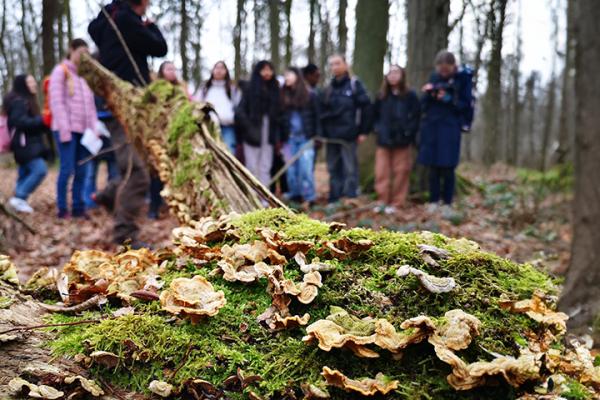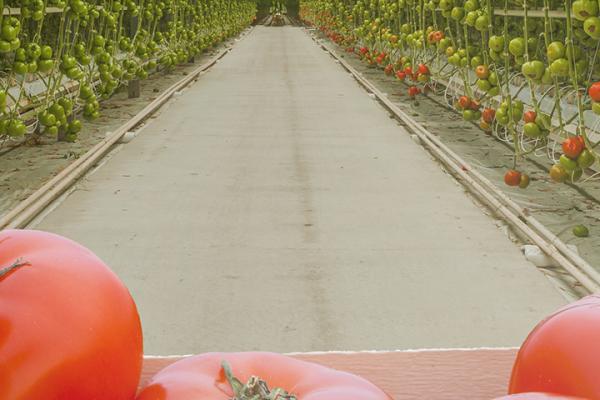Politics not geology threaten Europe’s raw material supply – Dr Henrike Sievers
The EU has defined 20 critical raw materials where there is a high risk to supply, including rare earth elements, magnesium, tungsten and cobalt. What makes these raw materials critical?
‘Most of the European raw materials that are defined as critical are highly concentrated in a certain country, so it’s the concentration of production, economic importance and the stability of the producing country. You can imagine if you have a high concentration of production in a country which is regarded as highly instable, then it does not mean an immediate problem but it gives you a hint for a potential supply problem that you have to be aware of.’
Are there any risks related to the amount of the materials left in the earth?
‘I don’t know any example where geological availability has been a problem. From a geological point of view we don’t see any restrictions or problems for the next decade, especially for metallic raw materials. What we have seen during the past is that new discoveries are able to supply new raw materials. If your prices are going up, you’re able as a company to extract lower ore grades and move to other deposits that would not have been economical before. When your prices are increasing you enlarge your reserve base.
‘It also depends on changing mining techniques – if you improve your techniques, you might be able to extract products which you haven’t been able to mine before, and that has been happening during the last decade. It’s also linked to geological knowledge and understanding of the geological development of your regions and ore deposits. If you have a better understanding and new theories of ore formation, you might find new ore deposits.’
What kind of political issues affect the supply of raw materials?
“‘Raw materials are global so you always depend on foreign countries.’
‘Raw materials are global so you always depend on foreign countries. There are often discussions on raw material nationalism, where countries protect their raw materials and their resources, for example by export restrictions. That is what China has been doing with rare earths to keep them in the country and to force foreign companies to produce in China so that they get the technology as they have the raw materials. There might be other influences as well. They could also be restricted for environmental reasons or, more from the European side, (reasons to do with) transparency and conflict-free materials.’
What is the EU doing to secure its supply of critical raw materials?
‘What you see in the last few years is that raw materials came back onto the political agenda. They haven’t been there before that mainly because of (low) prices. It’s not the first time that raw materials are discussed in the political field but during the last years it became quite intense.
‘(The EU) is trying to get a better knowledge of the whole system and to support, for example, research on raw material use and efficiency, recycling and also on mining in Europe. There are still deposits and mines in Europe and so the idea is to have a certain amount of raw materials coming from within the European Union. It will not cover your whole demand but you are still able to supply something.
‘What they did which is quite concrete is a detailed study on criticality. The first criticality study was published in 2010, defining 14 raw materials that were critical from the European point of view. And there has been an updated version (in 2013), that defined 20 critical raw materials.’
You are now working on the Minerals4EU project. Could you tell us about that?
‘The main goal is to produce a network which is sustainable, long-lasting and could provide knowledge (to the EU) in terms of everything around raw materials. The project as envisaged right now will produce some outputs which are demo versions; (to show) what could be done by a network like this. So we will produce a European minerals yearbook, compiling all the statistics, then there will be a web-based knowledge platform which contains site-specific information on European deposits, and there will be a foresight study highlighting what special topics are important in the discussion on European supply and demand.’
Why is this important?
‘Knowledge and data is scattered around Europe and all the national institutions so there is no pan-European view on the raw materials side. I think that’s really needed if you want to see the whole picture.
‘The next thing is how to support mining in Europe, or the potential in Europe. If you don’t compile the data from all the countries you will never know what the European potential is. In Europe there has always been mining but in most countries there has been mining decades ago and they just stopped. And there has been a limited amount of research and also exploration. Exploration techniques improved a lot and in Europe you could say you know the surface, which is well-mapped within those countries but you didn’t explore underground so there might be some potential left which is unknown.’
Is there anything else that needs to be done?
‘The raw materials issue is on the political agenda but I think it’s important to keep it there because you can’t foresee what the demand will be in the next year. It’s almost certain I think that at some point the prices will increase. We’ve seen that all the indicators you use (to assess supply and demand) change over time so you have to do it continuously and have a solid database. There is a lot of research potential which could be well used or increased.’




